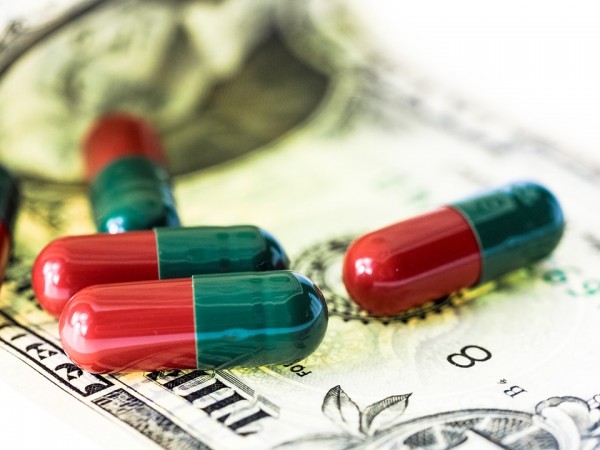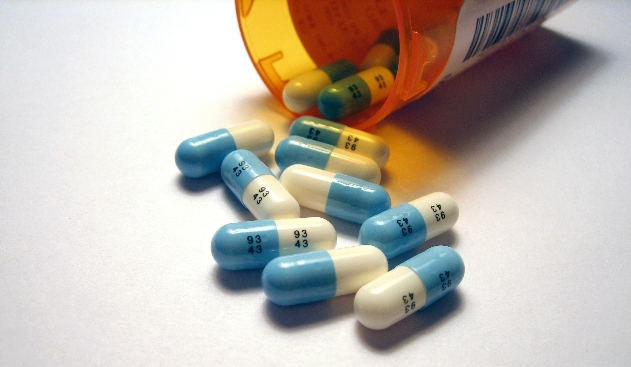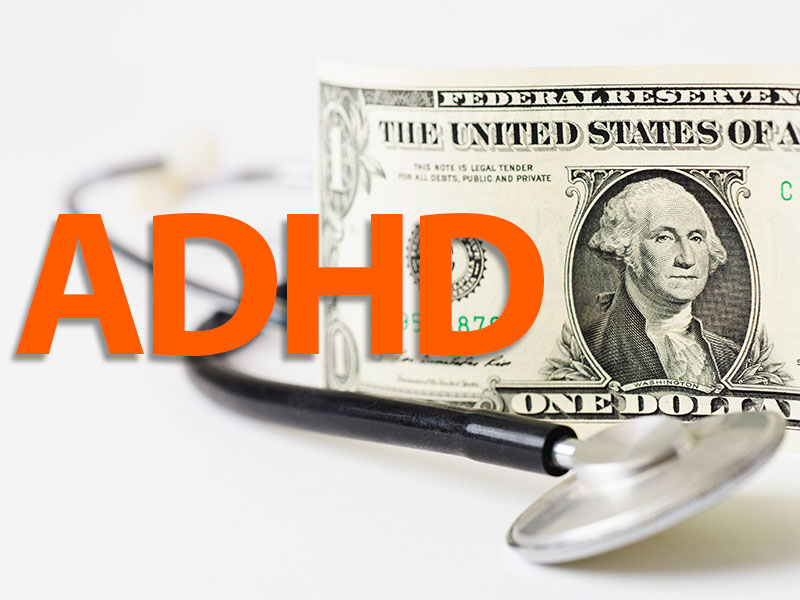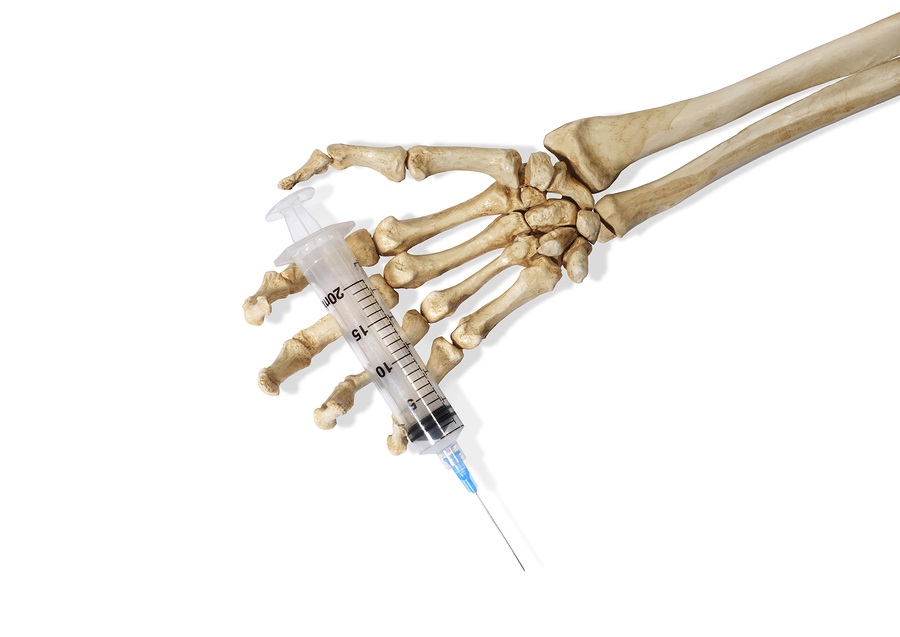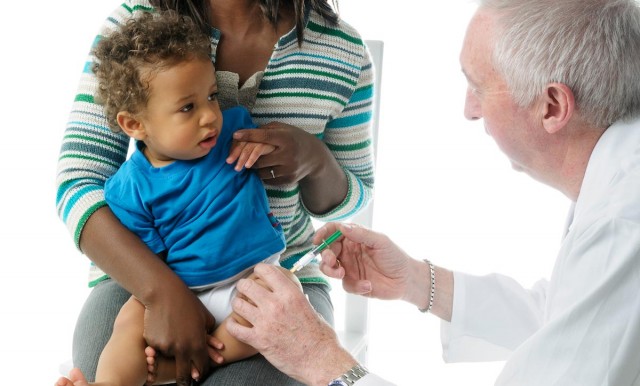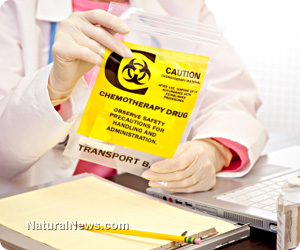Just when you thought the wasting of hard-earned dollars couldn’t get any worse, recent reports reveal that the Canadians have wasted a staggering $15 billion in just five years on overpriced drugs. At least part of the immense waste is thought to be due to questionable pharmaceutical sales tactics.
The gross overspending was revealed thanks to some extensive research and a hidden camera investigation led by The Fifth Estate. Express Scripts Canada, a health benefits company, helped to conduct research which shows that between 2011 and 2015, employer-funded private insurance plans across the country wasted more than $3 billion per year. How did this happen? Companies were covering the cost of expensive drugs that have cheaper options, and were paying for extraneous dispensing fees. (RELATED: See more examples of rigged pricing and fraud across society at Rigged.news)
In total, about 20 percent of the nation’s $81 billion spent on medication during that time could have been eliminated.
John Herbert, director of strategy, product development and clinical services for Express Scripts Canada, says, “It’s quite a staggering number.” The Ontario-based company helps the private insurance industry eliminate wasteful spending.
“It’s key for Canadians to know this because they can save themselves as well as their employer money by choosing to take advantage of those lower-cost, clinically effective medications,” Herbert added.
In the case of type 2 diabetes medications, doctors prescribe more expensive drugs without first trying more affordable alternatives, 30 percent of the time. In Canada, spending on diabetes drugs is the fastest-growing realm of medication spending according to IMS Health, a healthcare data company.
The Diabetes Association of Canada even suggests that care providers first prescribe generic Metformin to their diabetic patients before trying anything else. This prescription is extremely affordable, equating to just $65 per year. The organization states that more expensive alternatives, which can add up to $3,000 per year, should only be used if the Metformin generic fails to work.
Is this actually what physicians do when they are prescribing the medication? Of course not. The research conducted by Express Scripts Canada uncovered the harsh truth: $100 million was wasted over the course of 2015, thanks to disregard for the guidelines. That is a huge sum of money to waste in just a single year.
The experts do note that sometimes there may be a medical reason for skipping over the generic Metformin, but they also note that that doesn’t explain away all that wasted money.
Sheryl Spithoff, a family doctor from Toronto, commented, “My guess is that drug promotion is very influential in terms of doctors not following the guidelines. It’s incredible. It’s a lot of money that could be used for other things in the health-care system.”
Behind the waste
Poor prescribing practices top the list of reasons for healthcare overspending, according to experts. As is the case in the U.S., many Canadian doctors tend to rely on the pharmaceutical companies to teach them about new drugs, uses and side effects. Of course, any reasonable person would say that is probably not the best practice.
Companies will always favor their own products.
During their hidden camera investigation, The Fifth Estate planted a doctor at the annual Family Medicine Forum in Vancouver. They found that at every booth the doctor visited, they were greeted with questionable marketing tactics — ranging from not disclosing side effects unless prompted, to even promoting the product for off-label uses.
You can see why the pharmaceutical industry shouldn’t be responsible for physician education. (Learn more about the waste and fraud of the pharmaceutical industry at Medicine.news)
It’s not just Canada that’s overspending
A report released in 2012 by the U.S. Institute of Medicine revealed that we are also overspending on healthcare. The agency estimated that in 2009 alone, the United States wasted a shocking $750 billion on inefficient spending and care. A graph in the report suggests that excess services and treatments accounted for $210 billion of the waste.
Other reports have shown that Americans pay more for medications than people do in any other country in the world.
Clearly, there is a huge issue with overspending in the healthcare industry. And if Canada is any kind of example, the pharmaceutical industry plays a significant role in it — as do healthcare providers through their complacency.
Sources:

